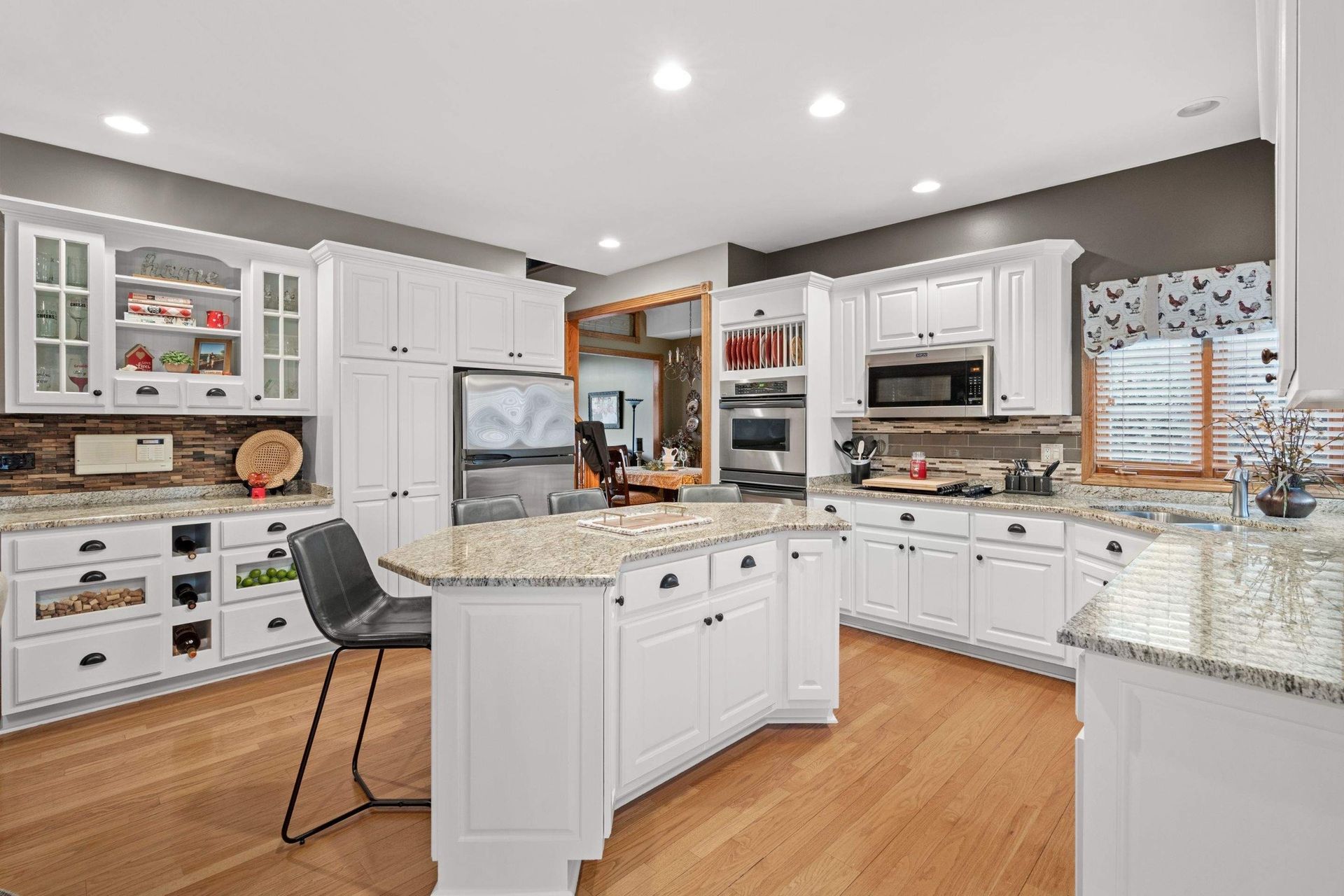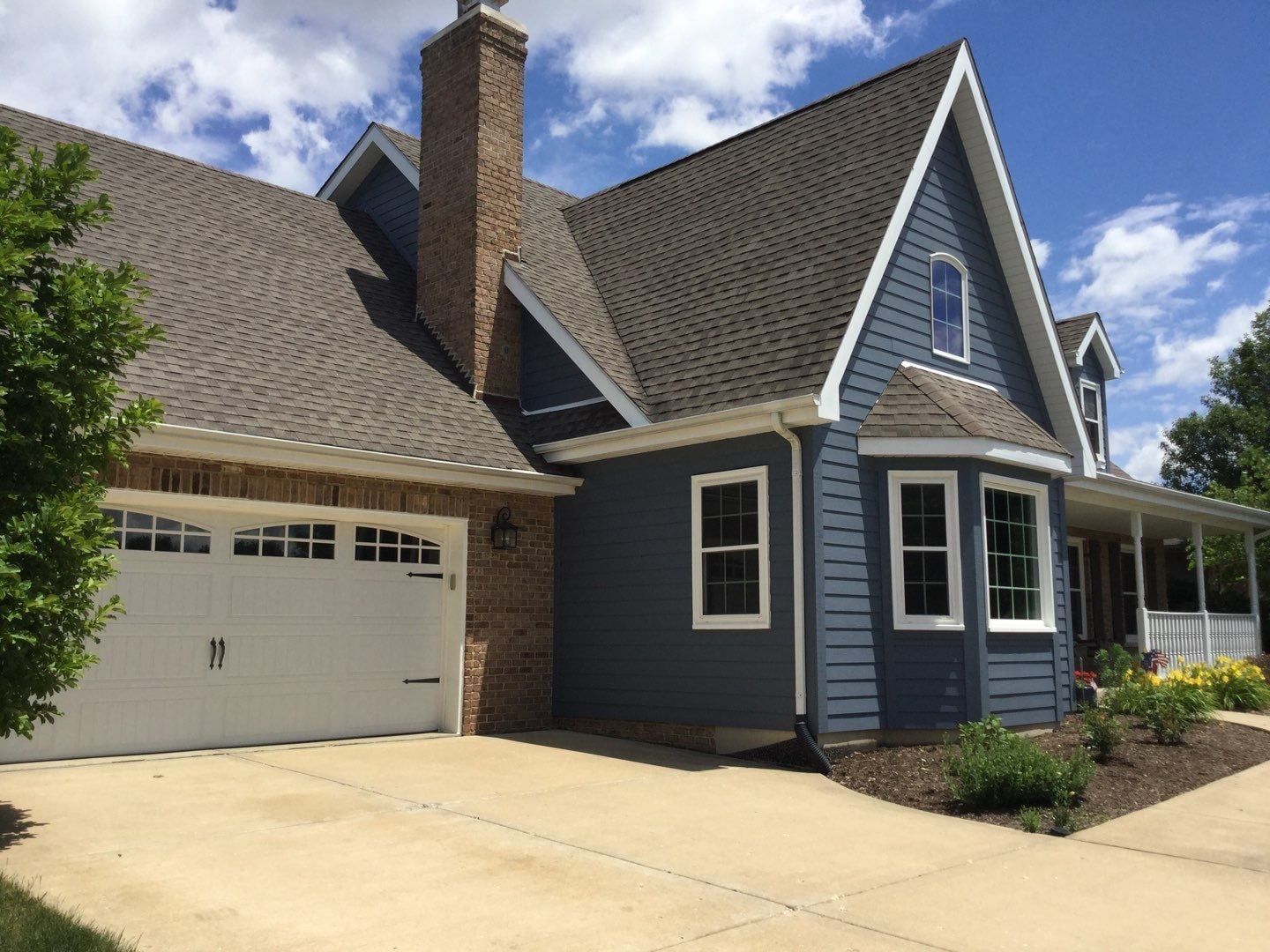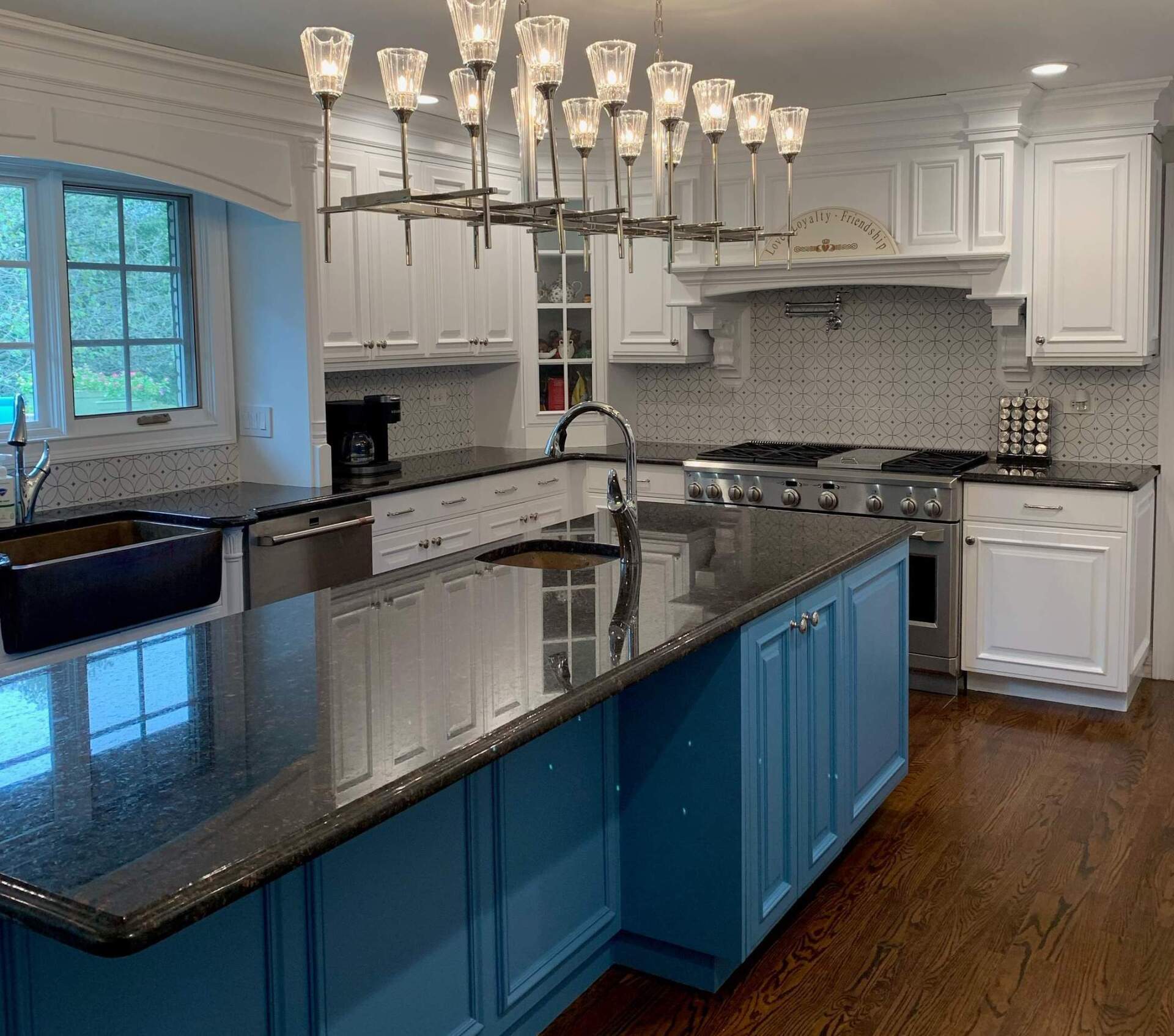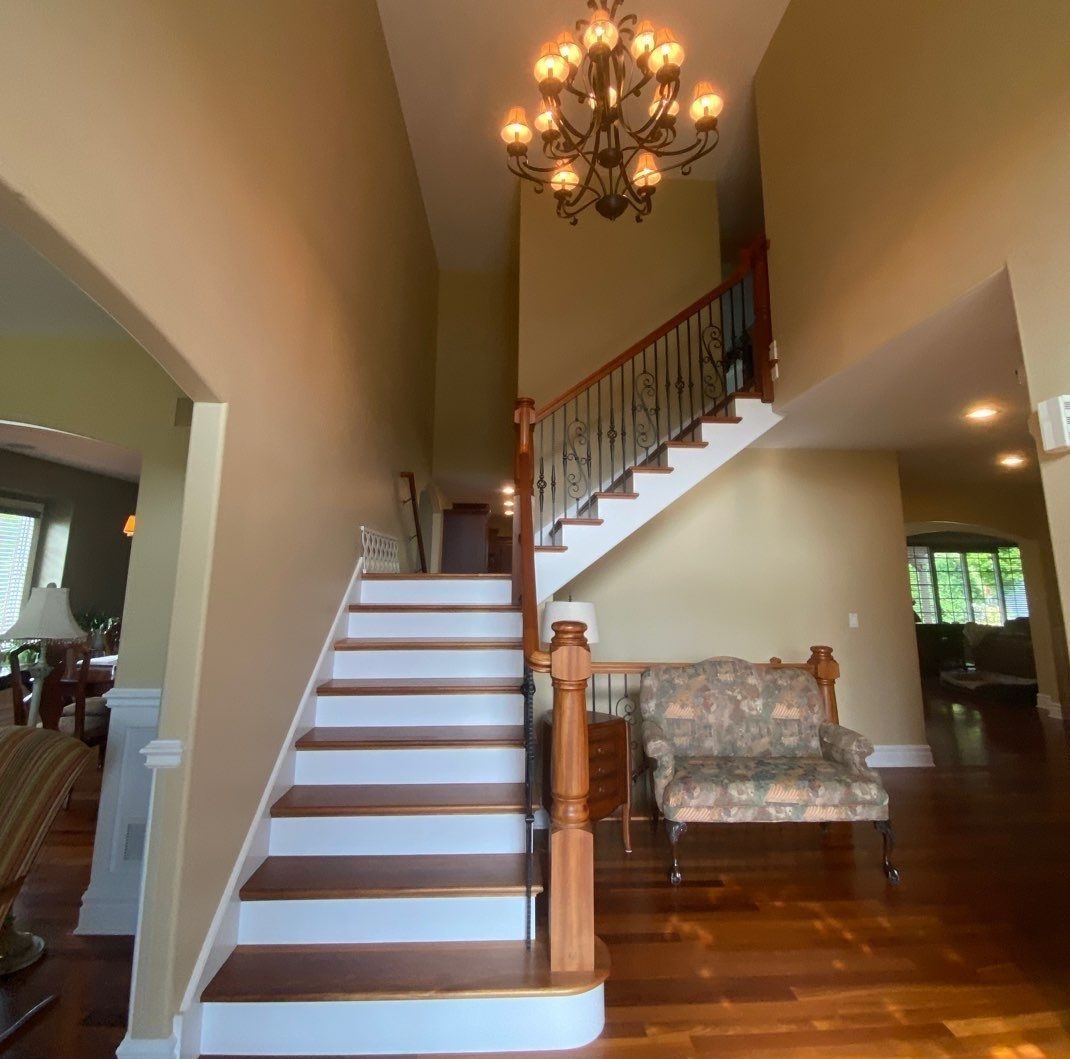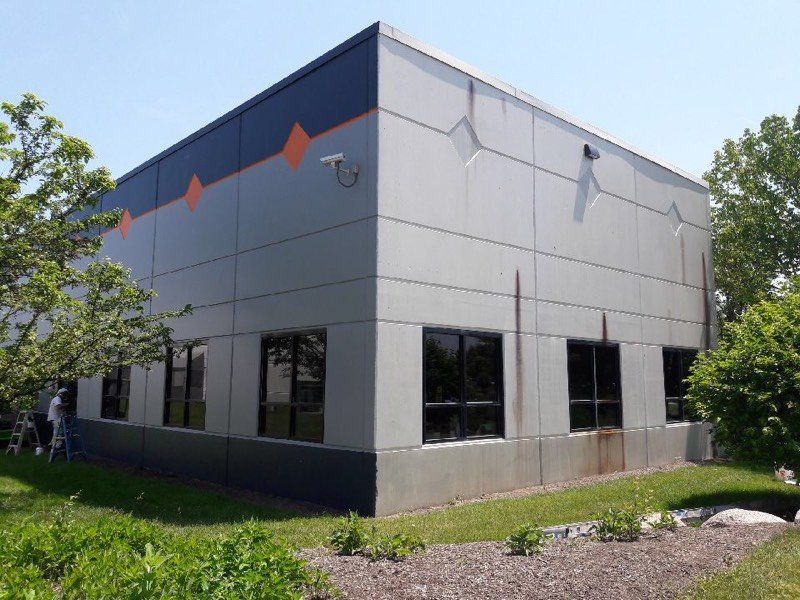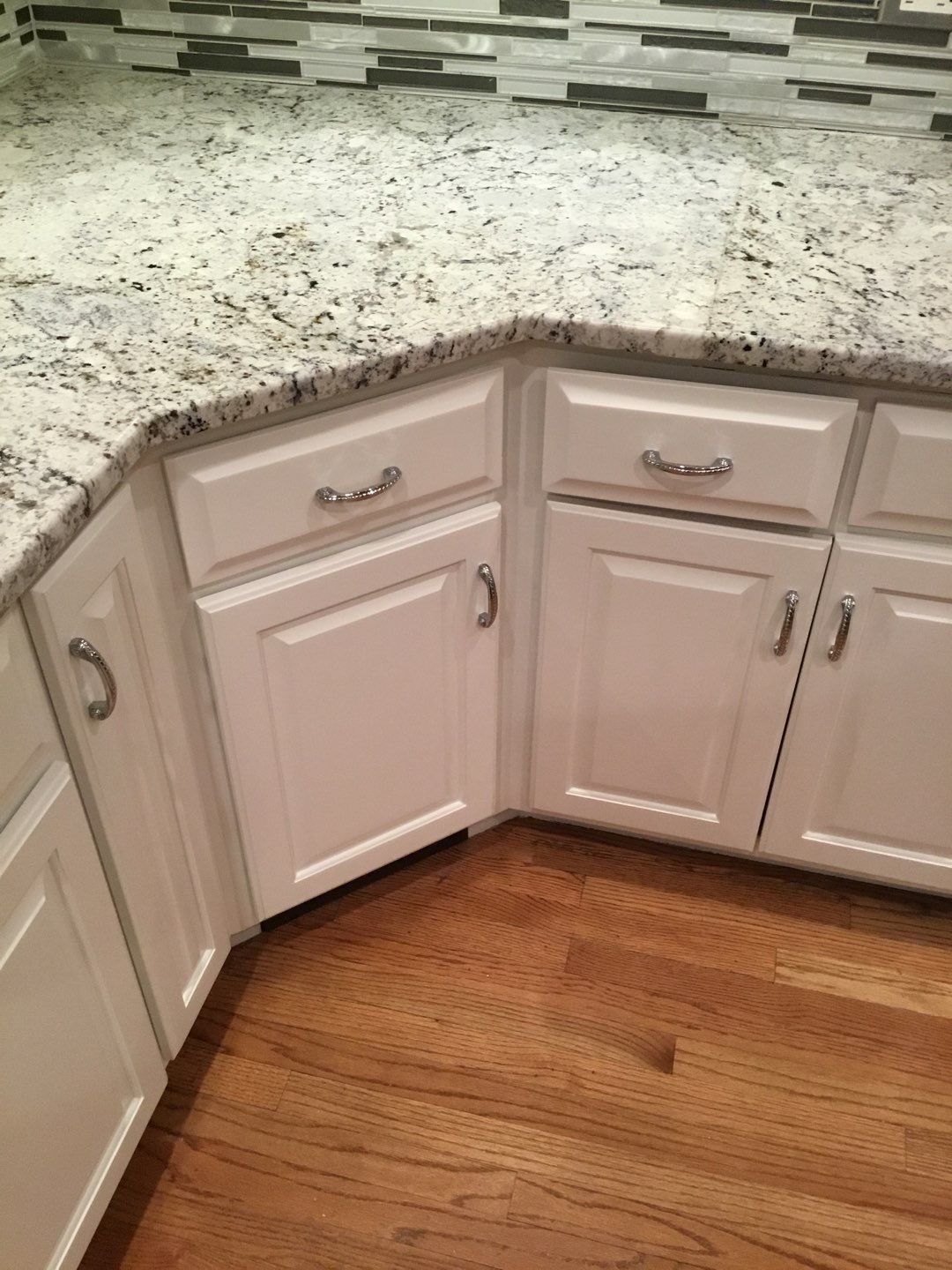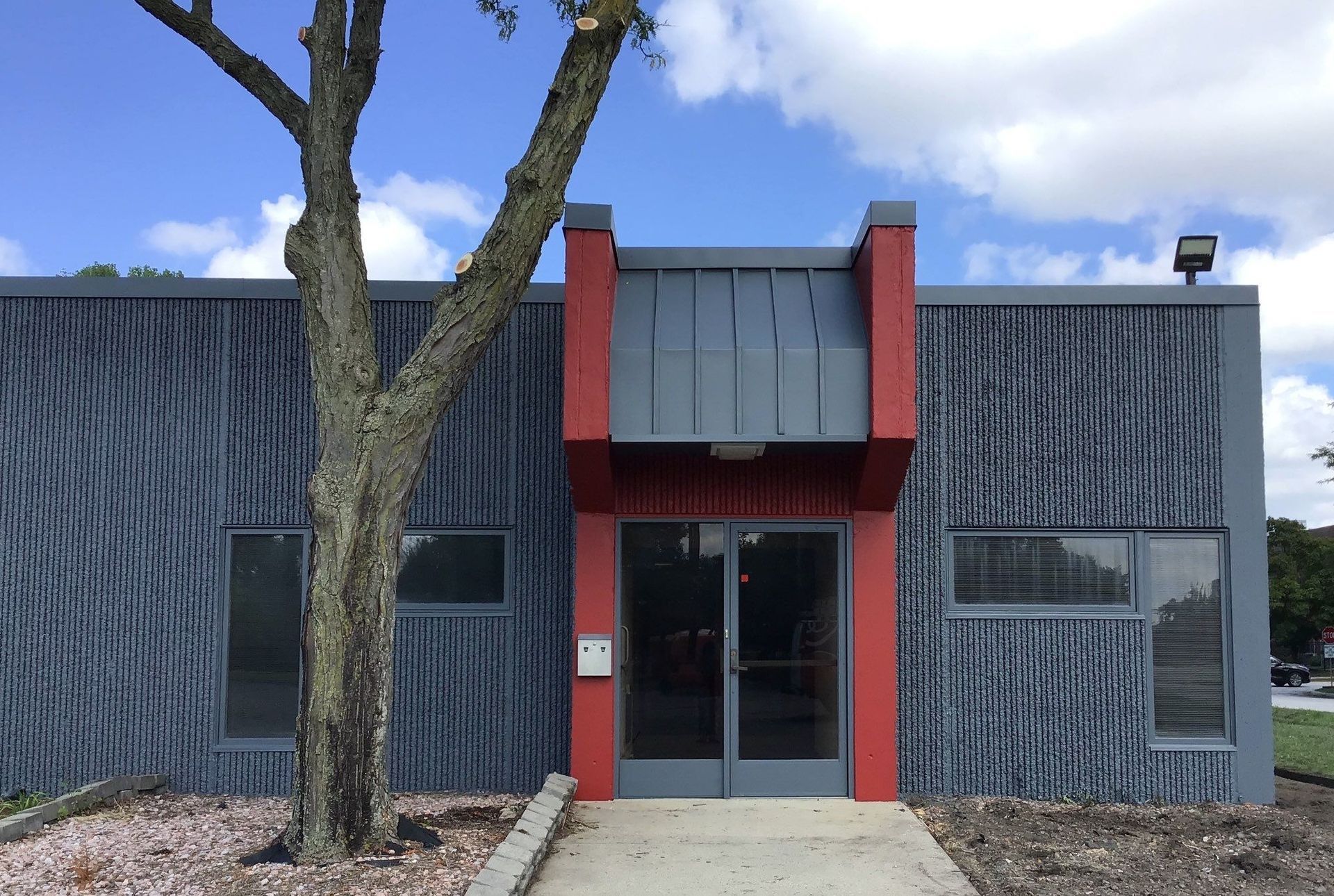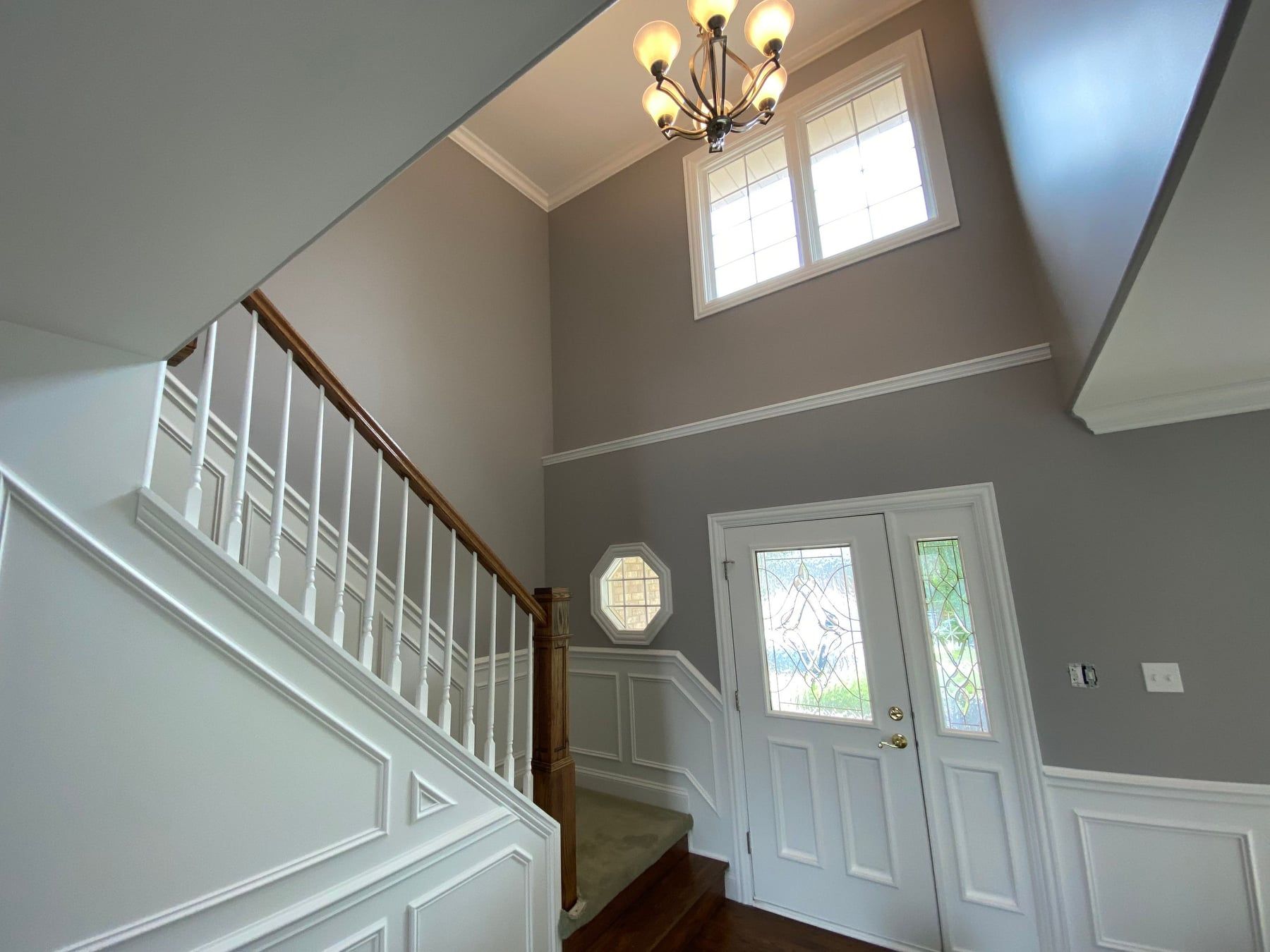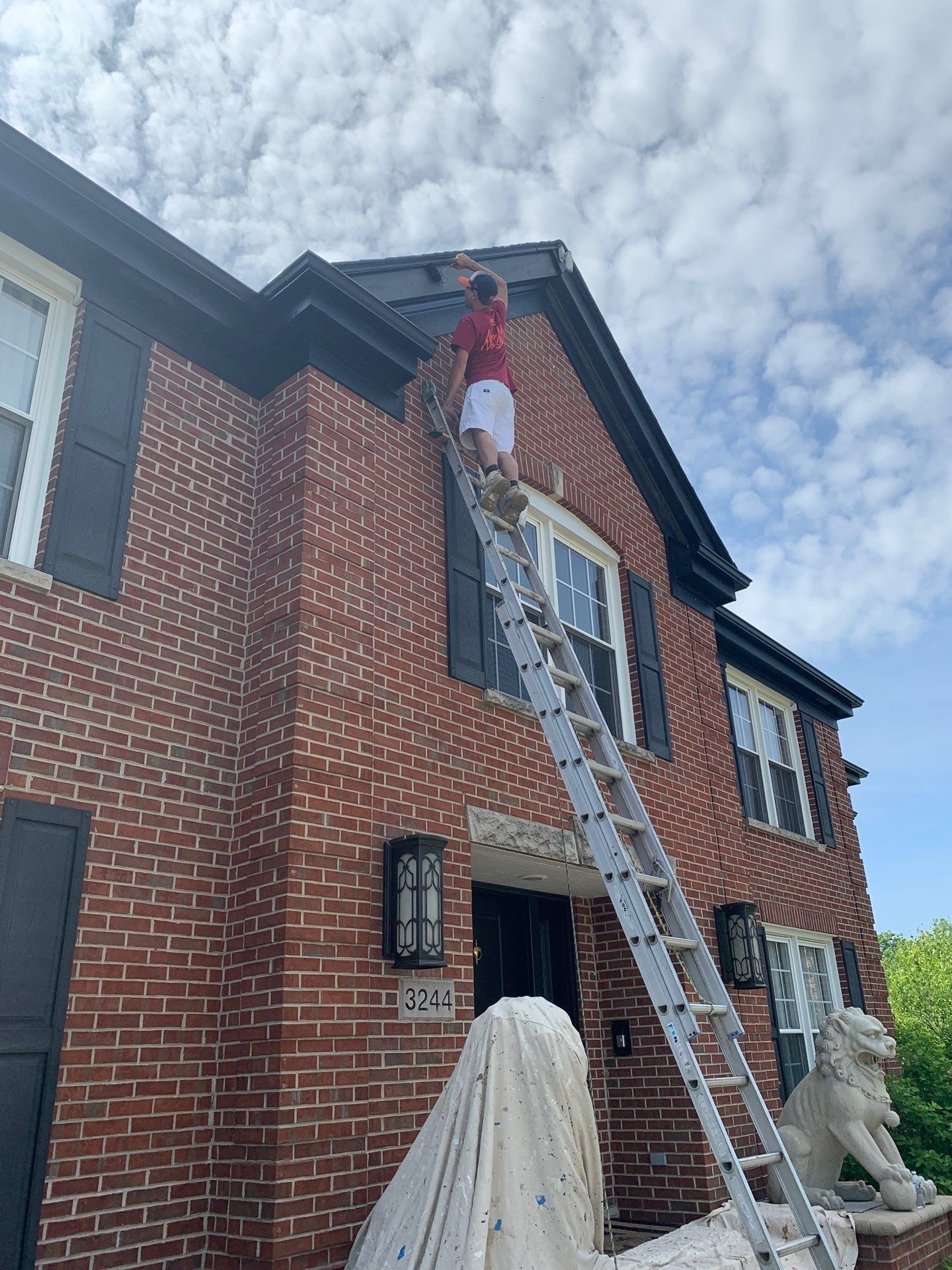Why is My Exterior Paint Chipping? Common Reasons for Premature Paint Failure
So, you finally got that fresh exterior paint you were dreaming of and, wow… Didn't it look good when you first put it on? Love at first coat.
But now, just a couple of years later (give or take), you're finding areas where the paint is chipping! Ugh.. If this describes you, you’re not alone. Many homeowners here in the Orland Park area have found themselves in the same situation with the same frustrations.
And questions.
What causes exterior paint to fail, and how can you set your NEXT paint job up for success?
A Closer Look at That Chipping, Peeling Exterior Paint
Paint chipping, as you probably already know, is when the paint begins to crack and peel away from the surface. Obviously this has quite the effect on the appearance of your home, but it also exposes the underlying material to potential damage from moisture and other environmental factors. Catching it early is key, so if you’re researching this topic in a proactive way, you’re already off to a good start.
7 Common Reasons Why Exterior Paint Chips and Peels
Now, let's talk about why it happened. There is no one-size-fits-all reason for premature paint failure. The cause varies from situation to situation, and includes the kind of environment the paint is in. With that said, 99% of the time the cause is due to one or more of the following.
- Poor Surface Preparation. Proper preparation is key to a long-lasting paint job. Surfaces should be thoroughly cleaned, sanded, and free of dirt, grease, and old peeling paint. Failing to prepare the surface can prevent the new paint from adhering correctly, leading to chipping and peeling.
- Using Low-Quality Paint. Not all paints are created equal. High-quality paints contain better ingredients and provide superior coverage and durability. Conversely, low-quality paints may save you money upfront but can lead to the issues we’re discussing.
- Improper Application Techniques. Applying paint correctly is just as important as using quality materials. This includes applying the right number of coats and avoiding over-brushing or applying paint too thinly. Improper techniques can result in uneven coverage and weaker paint films that are more prone to chipping.
- Environmental Factors. This is a big one. Weather conditions play a significant role in the longevity of exterior paint. High humidity, extreme temperatures, and direct sunlight can all affect how well paint adheres and cures. Moisture and water infiltration can also undermine the paint’s adhesion, leading to bubbling and peeling.
- Inadequate Curing Time. Paint needs adequate time to dry and cure. Exposing freshly painted surfaces to rain, extreme temperatures, or high humidity before the paint has fully cured can result in poor adhesion and premature chipping.
- Structural Issues. Problems like house settling, wood rot, and other structural issues may cause paint to fail too. These underlying problems need to be addressed to ensure the paint has a stable, secure foundation.
- Not Using Primer. Priming surfaces before painting is often essential, especially on bare wood or repaired areas. Primer helps the paint adhere better and provides a uniform surface for the topcoat. Skipping this critical step can lead to poor adhesion and increased likelihood of chipping.
Bonus Tip: Make Sure You’re Using the Right Kind of Exterior Paint for Your Home’s Unique Needs
Here’s something that most homeowners don’t realize: paint quality matters, but so does using the right KIND of paint for your home. A smart house painter doesn’t pick the same product for every application and surface, but rather makes a strategic choice based on the age and condition of the surfaces, environmental factors, exposure, materials, and much more.
Prevention Tips
So, how can you set your exterior paint up for success?
- Surface Preparation: Always clean, sand, and prime surfaces before painting.
- Quality Materials: Invest in high-quality paint and primers for the best results.
- Application Techniques: Follow manufacturer recommendations for application, including the number of coats and drying times.
- Weather Considerations: Avoid painting in extreme weather conditions. Choose days with moderate temperatures and low humidity.
- Regular Maintenance: Inspect your home's exterior regularly and address any issues promptly to prevent paint from deteriorating.
- Pick the Right Products: Remember that not every paint is suitable for every scenario. You need to make a careful pick based on a whole host of factors and variables.
What’s the Takeaway?
Premature paint failure can be frustrating, but understanding its causes can help you prevent it in the first place and maintain a beautiful, protected home. By focusing on proper surface preparation, using quality materials, and applying paint correctly, you can ensure your exterior paint job lasts for years to come!
Have more house painting questions? Contact us at Jondec Painting! We ensure a quality and long-lasting paint job every time, plus a fantastic painting experience. No mess, no stress.
Frequently Asked Questions
Q. How often should I repaint my home’s exterior? Generally, you should repaint your home’s exterior every 5-10 years, depending on the paint quality, climate, and exposure to the elements.
Q. What type of paint is best for exterior surfaces? Acrylic latex paint is often recommended for exterior surfaces due to its durability, flexibility, and resistance to weathering.
Q. Can I paint over old, chipped paint? It’s critical that you remove failing paint before applying a new coat. Proper surface preparation, including scraping, sanding, and priming, is essential for a durable finish.
Q. What are the signs that my house needs a new paint job? Signs include peeling, cracking, or bubbling paint, as well as fading colors and exposed wood or other materials.
Q. How can I find a reputable painting contractor?
Look for contractors with good reviews, proper licensing and insurance, and a portfolio of completed projects. Personal recommendations and online research can also help you find a trustworthy professional.
Share
Let's Talk Paint!
